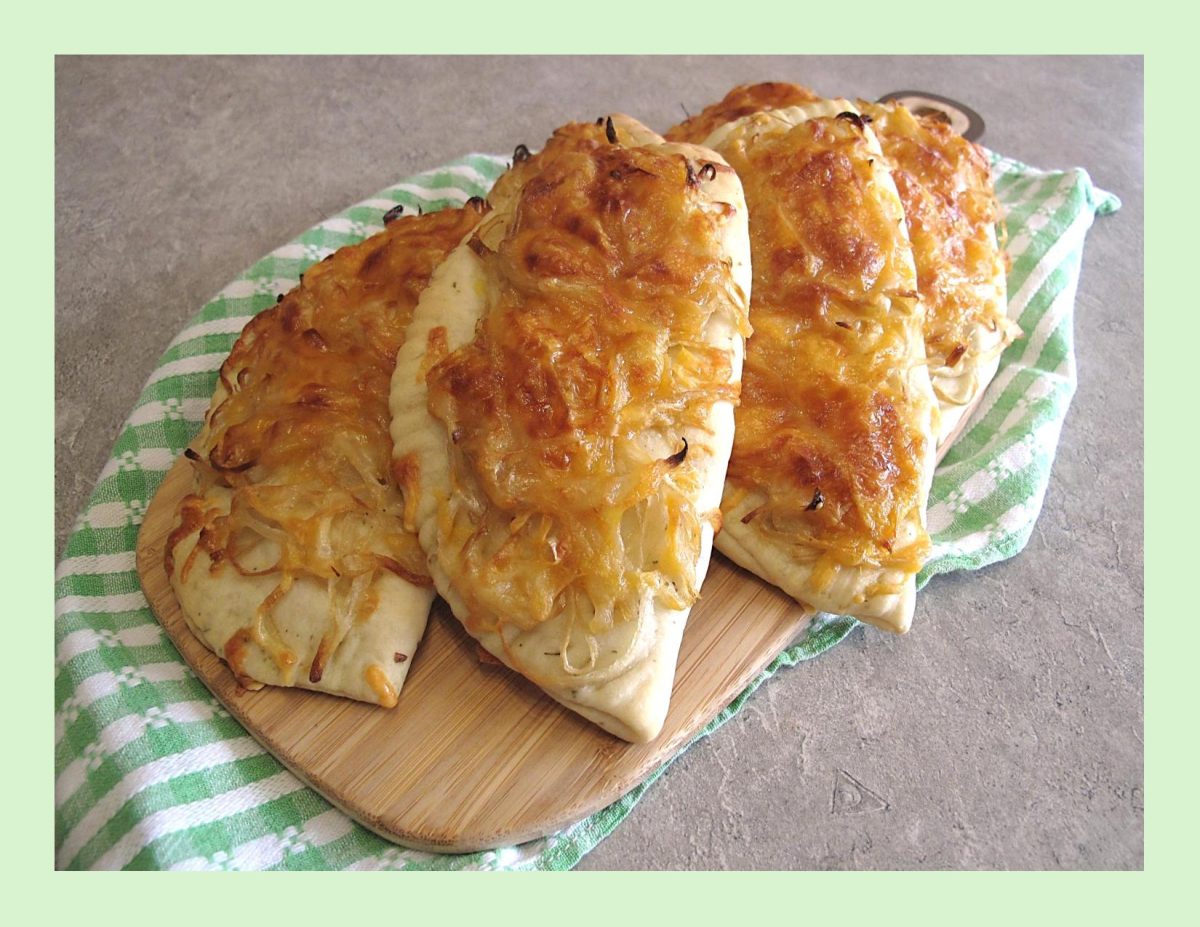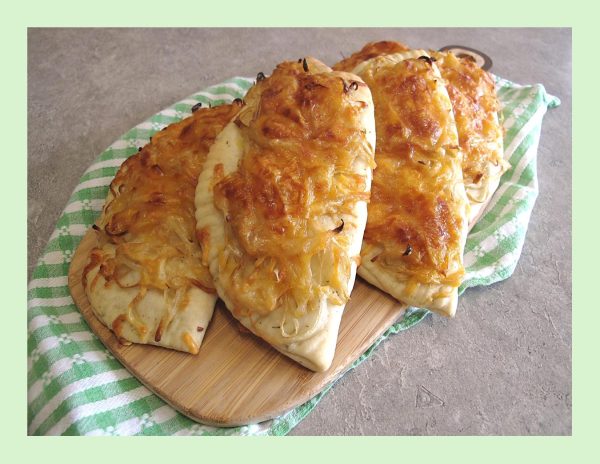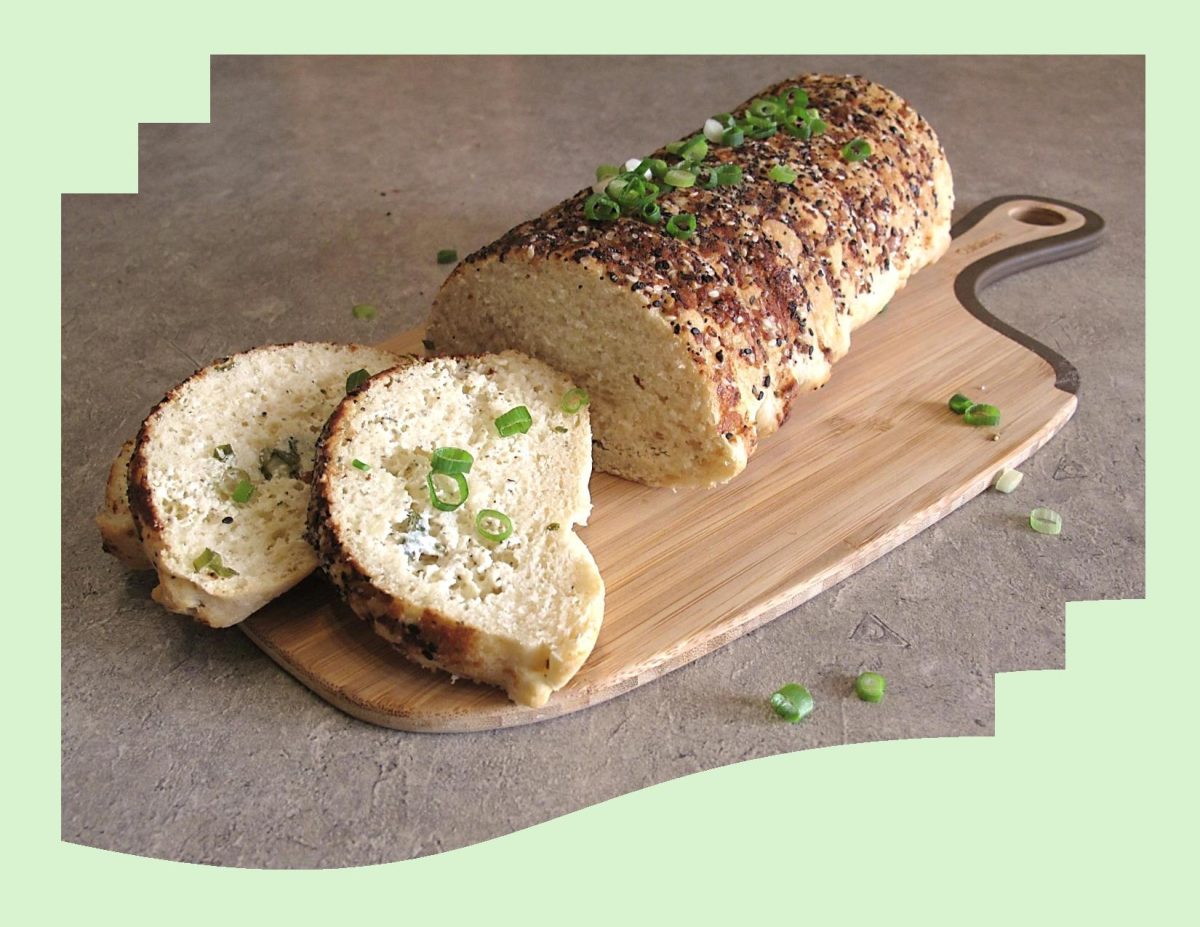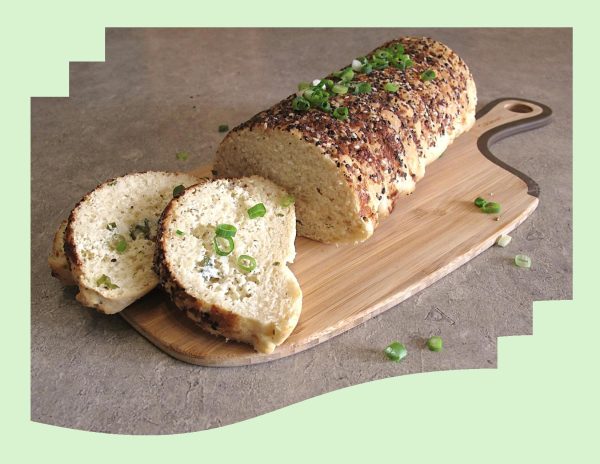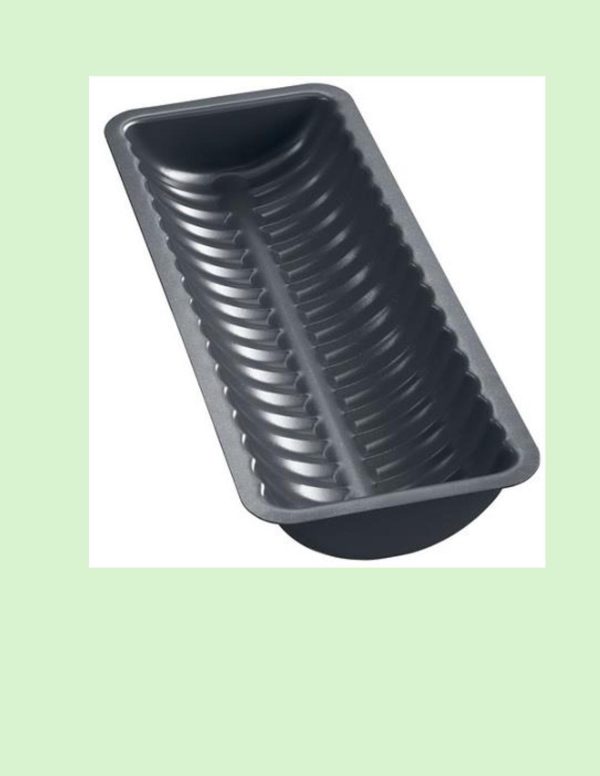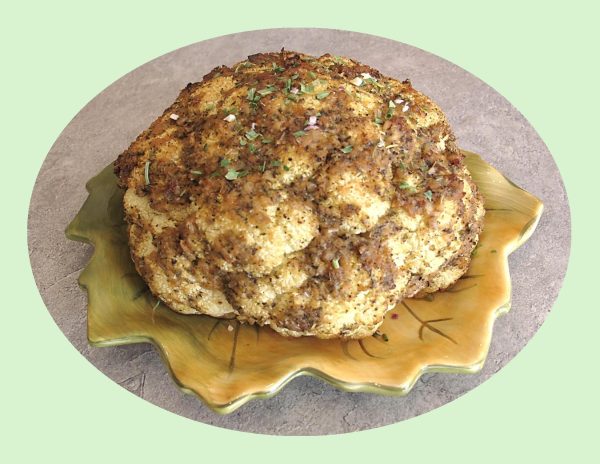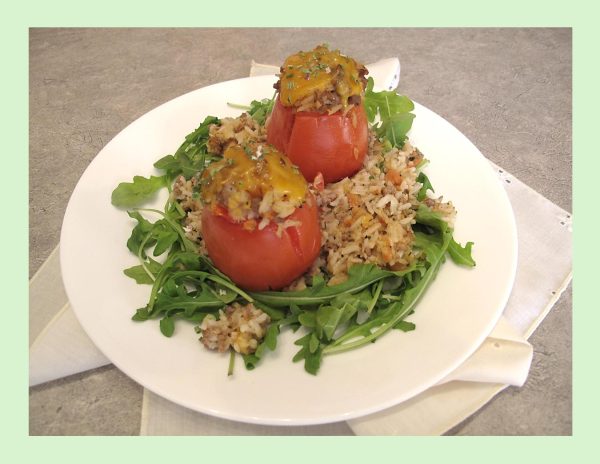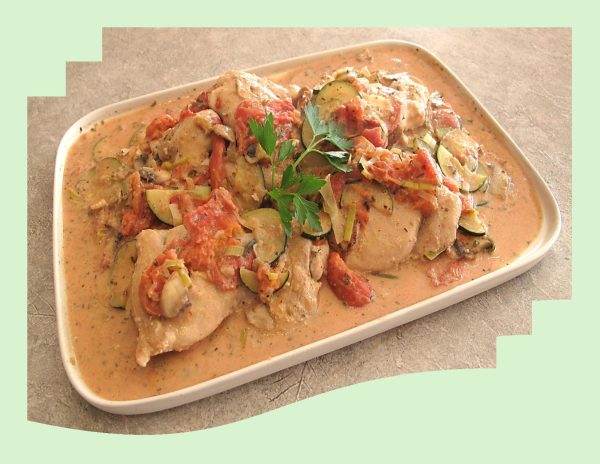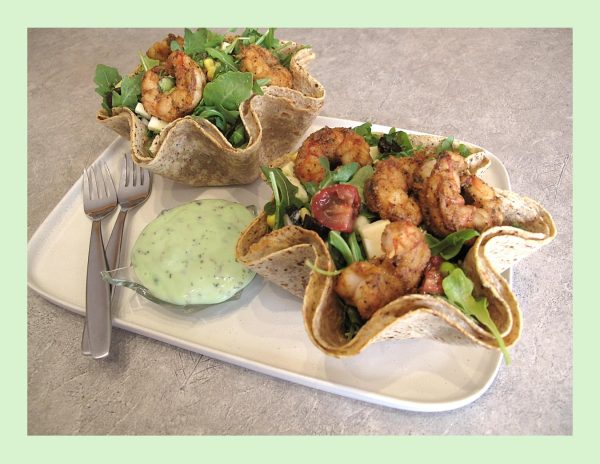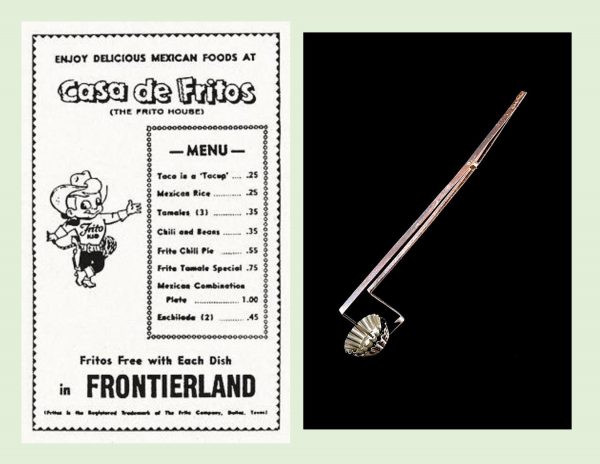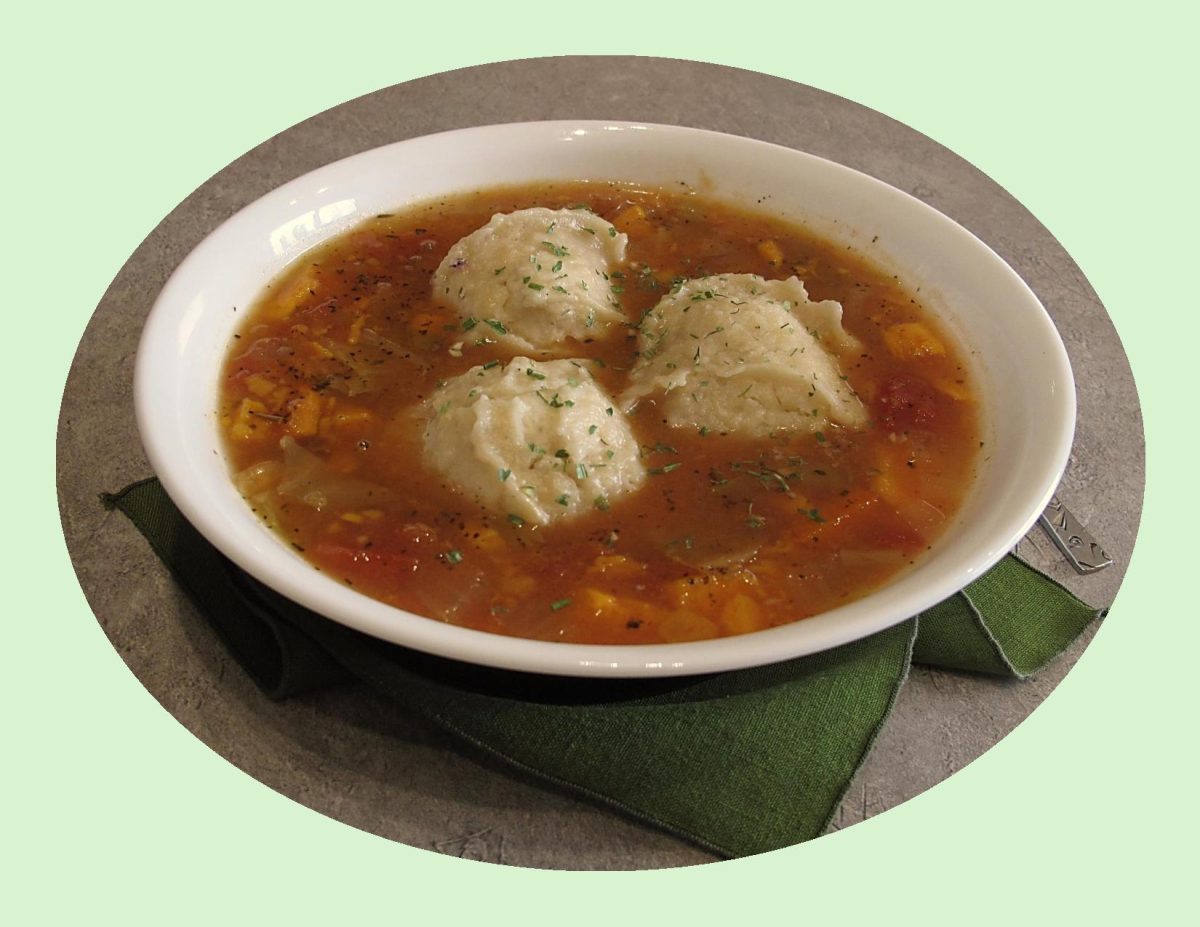
Soup season is officially here! This satisfying, hearty vegetable dumpling soup truly creates the perfect cozy vibes this winter.
The exact origin of vegetable dumpling soup is difficult to pinpoint, as dumplings and soups have been staples in many cultures for centuries. Dumplings themselves have a long history, with early versions appearing in China when a physician named Zhang Zhongjing created them to help villagers with frostbite.
Vegetable dumpling soup, as we know it today, likely evolved from these early dumpling recipes, with variations appearing in different cuisines around the world. Here are a few notable examples:
- Wonton Soup: A Chinese classic, wontons are typically filled with pork, shrimp or vegetables and served in a clear broth.
- Mandu-guk: A Korean soup featuring mandu (dumplings) filled with meat or vegetables, often served in a beef or anchovy broth.
- Tortellini in Brodo: An Italian dish where tortellini, small ring-shaped pasta filled with meat or cheese, are served in a rich broth.
- Xiaolongbao: Also known as soup dumplings, these Chinese dumplings are filled with pork and a gelatinous broth that turns into soup when steamed.
- Matzo Ball Soup: A traditional Jewish soup with matzo balls (dumplings made from matzo meal) served in a chicken broth.
This vegetable dumpling soup has soft, fluffy, biscuit-like dumplings made with a mixture of flour, baking powder, salt & olive oil. The baking powder in these dumplings is what gives them their lift and results in a light and fluffy texture. The dough is cooked in the flavorful simmering soup, resulting in little balls of deliciousness.
Print Recipe
Vegetable Dumpling Soup
Votes: 1
Rating: 5
You:
Rate this recipe!
|
|
Votes: 1
Rating: 5
You:
Rate this recipe!
|
Instructions
Soup
Add all ingredients to a stock pot. Cover & simmer until the vegetables are tender, approximately 2 hours. Stir periodically during cooking time.
During the last ½ hour of the cooking time prepare dumpling dough.
Dumplings
In a small mixing bowl, combine flour, baking powder & salt with a spatula. Form a well in the middle of the dry mixture & add olive oil & warm water. Mix until dough forms into a sticky ball. Cover with a dish towel & set aside for about 10 minutes.
During the last 10 minutes of the soup’s cooking time carefully drop in dollops of the dumpling dough, about 1 inch (2-cm) in diameter.
Let dumplings simmer for about 10 minutes, or until chewy and cooked through.
Ladle soup into serving bowls & top with dumplings. Serve hot.

Wine is not just a beverage with dinner, but can also be a key ingredient in dinner. Madeira wines are known for their versatility. Madeira perfectly complements all sorts of ingredients because of its vast range of wines. It not only adds flavors, but also dimension to the dishes. From soups to stews to desserts, it packs quite a punch and has an intense impact on the final product.
Madeira wine evolved on the island of the same name on the coast of Portugal. It presents different characteristics to all other types of fortified wine due to its specific winemaking process, since it is obtained by intentional heating, and characterized by a distinct ‘baked’ bouquet.
Madeira is classified according to several designations, including vintage, grapes used, and sweetness. There are a few variations on the production method, but Madeira must be oxidized and heated (a process called “maderization,” named after the wine). This makes for a fortified wine that can last for centuries.
Madeira has several taste profiles, but most will have flavors of caramel, walnut oil, peach, hazelnut, orange peel, and burnt sugar.
The first thing to check before cooking a Madeira based dish is what kind of wine does the dish require? It is always safe to use an average blended Madeira. Choose the safest- Finest or Rainwater type. These are packed with flavors and aromas and are typically inexpensive.
A good example is Sandeman Madeira Rainwater. It is light in body but full of flavor. It has a light amber color with golden highlights, as well as clean, nutty aromas. Its flavor is nutty and lightly complex, with a clean finish. This Madeira makes a wonderful accompaniment to a variety of foods and is also a fabulous cooking wine that can be used in various traditional dishes. ‘Rainwater Madeira’ was so named in the 18th century because it is as soft as rainwater and the color of straw, glistening after a shower of rain.
Print Recipe
Chicken Madeira
Votes: 1
Rating: 5
You:
Rate this recipe!
|
|
Votes: 1
Rating: 5
You:
Rate this recipe!
|
Instructions
In a large saucepan melt 2 tablespoons of butter. Add 1 tablespoon of oil then add the mushrooms to the pan. Cook the mushrooms for about 5 minutes until they become soft.
Add the onions to the pan & cook them along with the mushrooms for about 2-3 minutes. Add garlic & parsley to the pan & sauté them for a minute or two. Then, transfer this mixture to a plate.
Slice the chicken breast in lengthwise strips. Season with garlic powder, Italian seasonings, paprika, salt & pepper.
In the saucepan, melt a tablespoon of butter. Add a tablespoon of oil as well & let the butter foam. Add the chicken breast to the pan & cook it on both sides for 3-4 minutes each until golden brown. When it is cooked, transfer it to the plate with the mushrooms.
In the same pan, pour in the Madeira wine & bring it to a boil. When it has reduced to almost half its volume, add the beef stock & boil it for about 10 minutes until only ¼ of the original volume remains.
Add the heavy cream to the pan & simmer it for 2-3 minutes until it thickens. Sprinkle a pinch of salt & pepper into the pan to add flavor & stir.
Return the cooked chicken to the pan along with the mushrooms. Top it with the shredded mozzarella cheese. Place the pan in the oven broiler and broil it for 2-3 minutes until the cheese has completely melted.
Remove the pan from the oven. Place chicken on a serving platter & garnish with some parsley. Nice served with mashed potatoes.
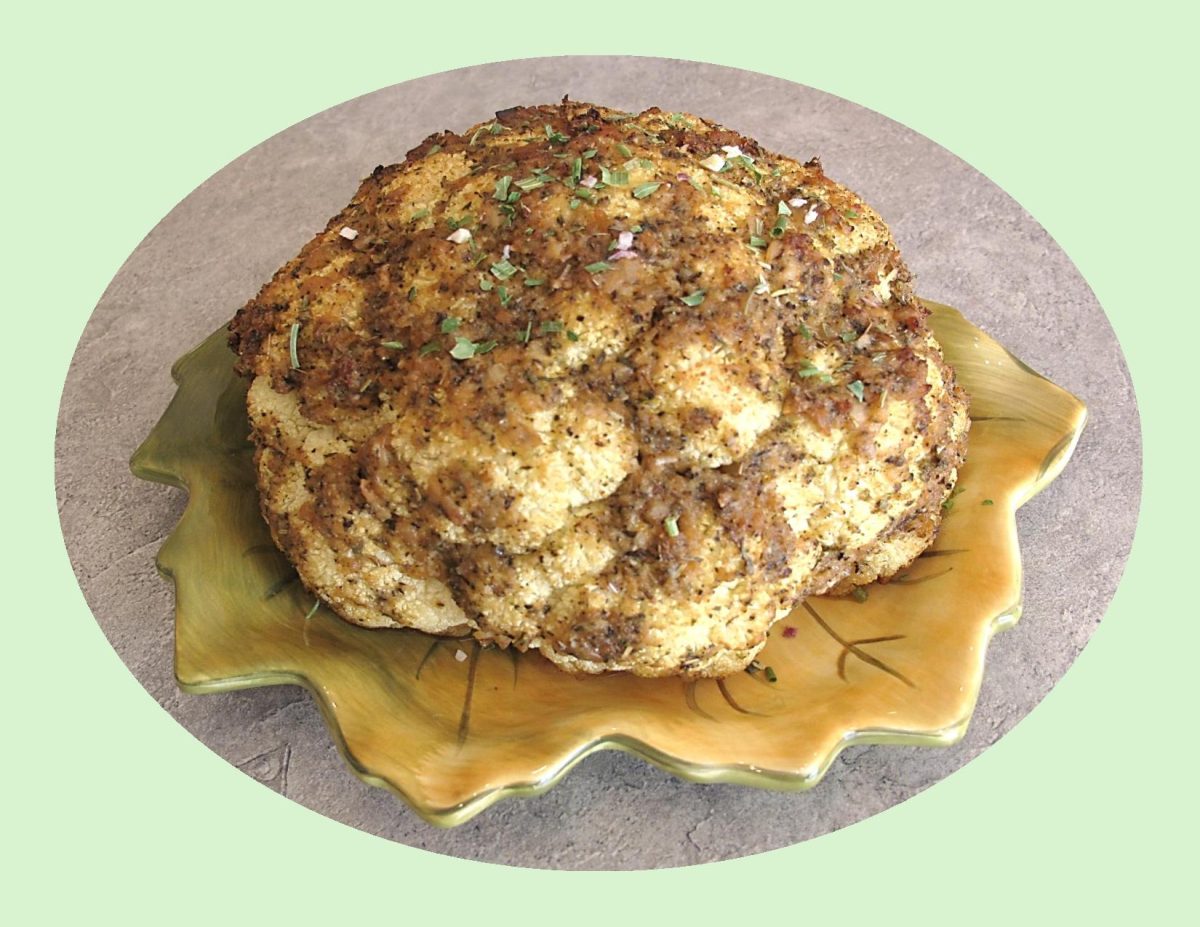
Roasting a whole cauliflower is probably nothing new. One imagines that as long as there has been cauliflower, cooks have been roasting whole heads of it in high heat.
Israeli cuisine is diverse and very vegetable forward. So, it’s no great surprise that an Israeli chef figured out a way to make cauliflower even tastier with a presentation that is equally appropriate served for lunch on Wednesday or as a main dish on a holiday or other special occasion.
A whole roasted cauliflower will take a little more time than roasting florets, but it makes an unbeatable visual impression, and is almost absurdly easy to make.
This easy and delicious whole roasted cauliflower is spread with seasonings and grated Parmesan cheese then oven-roasted to perfection. Serve as a side dish with any number of entrees such as roasted pork loin and baked cod or enjoy as a vegetarian meal.
Print Recipe
Whole Roasted Cauliflower
Votes: 1
Rating: 5
You:
Rate this recipe!
|
|
Votes: 1
Rating: 5
You:
Rate this recipe!
|
Instructions
Preheat oven to 375 F. Lightly grease a cast iron skillet.
Remove all the outer leaves of the cauliflower & rinse it inside and out. Pat it dry & set it down onto a tea towel to drain off water from the inside, while you prepare the seasoning.
In a small bowl, combine the seasoning, olive oil, minced garlic, & parmesan cheese. Mix well to combine.
Turn the head of cauliflower upside down & carefully cut off most of the thick stem. Make sure not to cut off the area where the florets' stems attach.
Spread the seasoning mix all over the cauliflower starting with the underside. Make sure to get the seasoning on the inside, between the stems to season the inside of the cauliflower. Turn it over & cover the outside of the cauliflower head with seasoning.
Place seasoned cauliflower onto the prepared cast iron pan, stem side down & cover the pan & cauliflower with a sheet of aluminum foil tightly.
Place into the oven and let it cook about 30 minutes.
Take the aluminum foil off, raise the heat of the oven to 400 F. & place the pan with cauliflower back into the oven.
Bake uncovered for another 30 minutes. You can test if the cauliflower is done by inserting the fork and feel how easily it goes in.
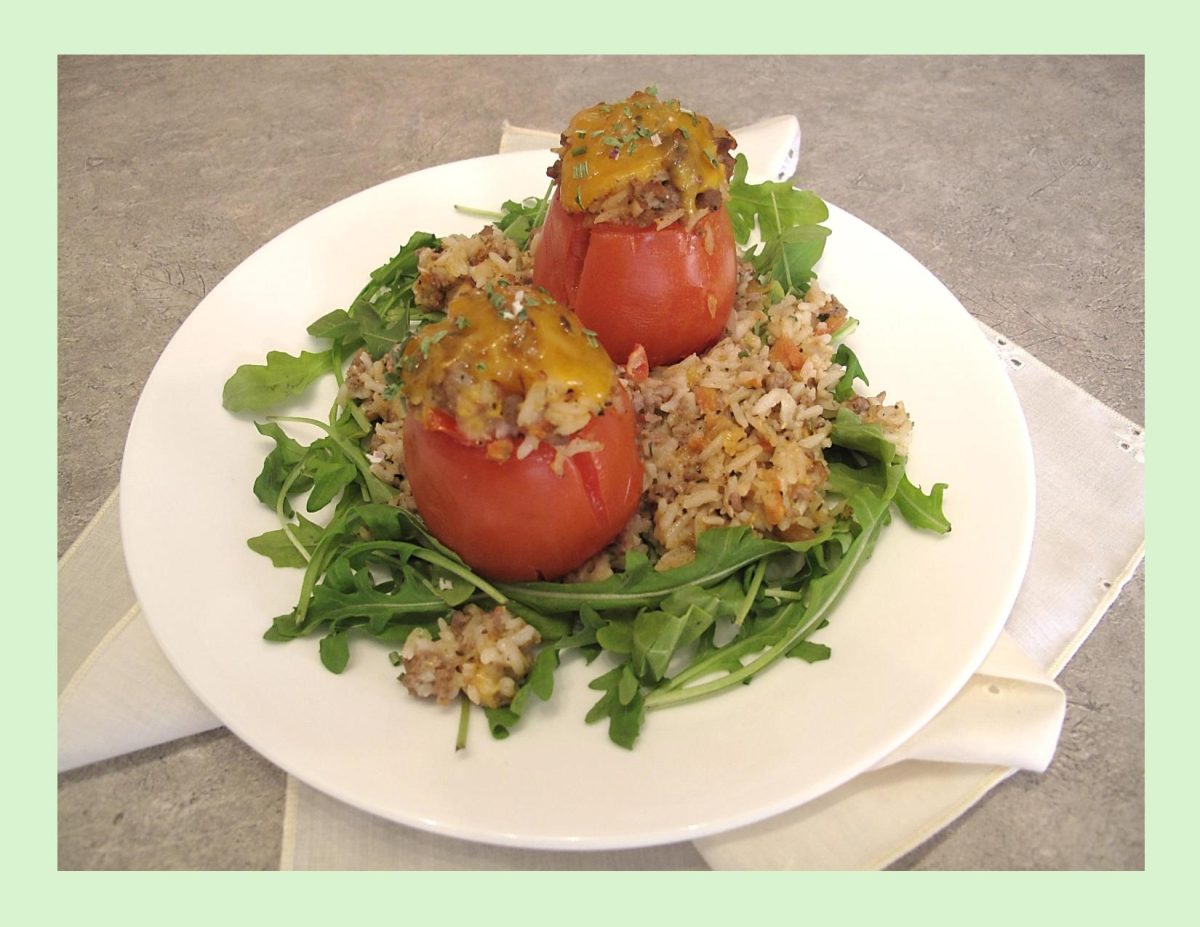
Anyone growing a vegetable garden will now be reaping the benefits of all your hard work. Have you ever stopped and thought about how many summer vegetables are fantastic for hollowing out and stuffing? Any vegetable with a fairly sturdy shape can become an edible vessel for dinner. All we need to do is scoop out the middle and fill the inside with a stuffing of our choice. A little time in the oven until everything is heated through and dinner is ready!
When my siblings and I were growing up, my mother had many unique ways of teaching us how to take responsibility. On one side of her huge farm vegetable garden, she designated a ‘strip’ each for the three of us older siblings. The strips were each about 4 feet (1.22 m) wide and the length of her garden. The deal was that we could grow whatever we choose to, but it was ours to weed and care for all summer. At the end of the season, it was fun to see who had the most success. One of my sisters absolutely loved to grow pumpkins as they grew fast and large. I can’t really remember my mother stuffing a lot of vegetables but the idea of stuffing ‘things’ always appeals to me.
It’s hard to beat a summer tomato. They’re plump and juicy and filled with sweet and savory notes. You can certainly eat tomatoes in the wintertime, but this is one of those vegetables that showcases its best aromas and flavors in the summertime.
Aside from the visual presentation of a stuffed tomato, there’s the matter of flavor. I think the real beauty of a stuffed tomato is what you put inside it. And to be honest, the sky’s the limit. Any manner of meats, cheeses, carbs, and veggies can make for great choices. The blended flavors make for some pretty tasty meals.
Whether it’s stuffed cabbage, stuffed zucchini or these stuffed tomatoes, food just tastes better when it comes in an edible package!
Print Recipe
Stuffed Roasted Romas
Votes: 1
Rating: 5
You:
Rate this recipe!
|
|
Votes: 1
Rating: 5
You:
Rate this recipe!
|
Instructions
In a large saucepan, heat olive oil & add ground meat, breaking up the meat with a spatula. Cook for 5-6 minutes or until meat is browned. Drain off any excess grease then add the onion, Italian seasoning & salt to the pan. Cook 3-4 minutes or until translucent. Add the garlic & cook for 30 more seconds.
Preheat oven to 350 F. Lightly butter an 8-inch baking dish.
Turn tomatoes blossom side down to give you a flat bottom. Trim a thin slice off the 'top'. Hollow out the insides of the tomatoes with a knife or grapefruit spoon. Chop pulp finely to be used in filling.
Stir the rice, most of the cheeses (save a bit to top tomatoes with) & tomato pulp into meat mixture. Season to taste with salt & pepper.
Mound the filling mixture evenly into tomato shells. Place remaining filling in the baking dish. Nestle the stuffed tomatoes into it so they will stay upright during baking time.
Bake tomatoes about 15-20 minutes then top with remaining grated cheese. Bake for another couple of minutes until cheese is melted.
Place a bed of arugula on serving plate & top with loose baked ground meat mixture. Place the roasted Romas on top & serve hot.
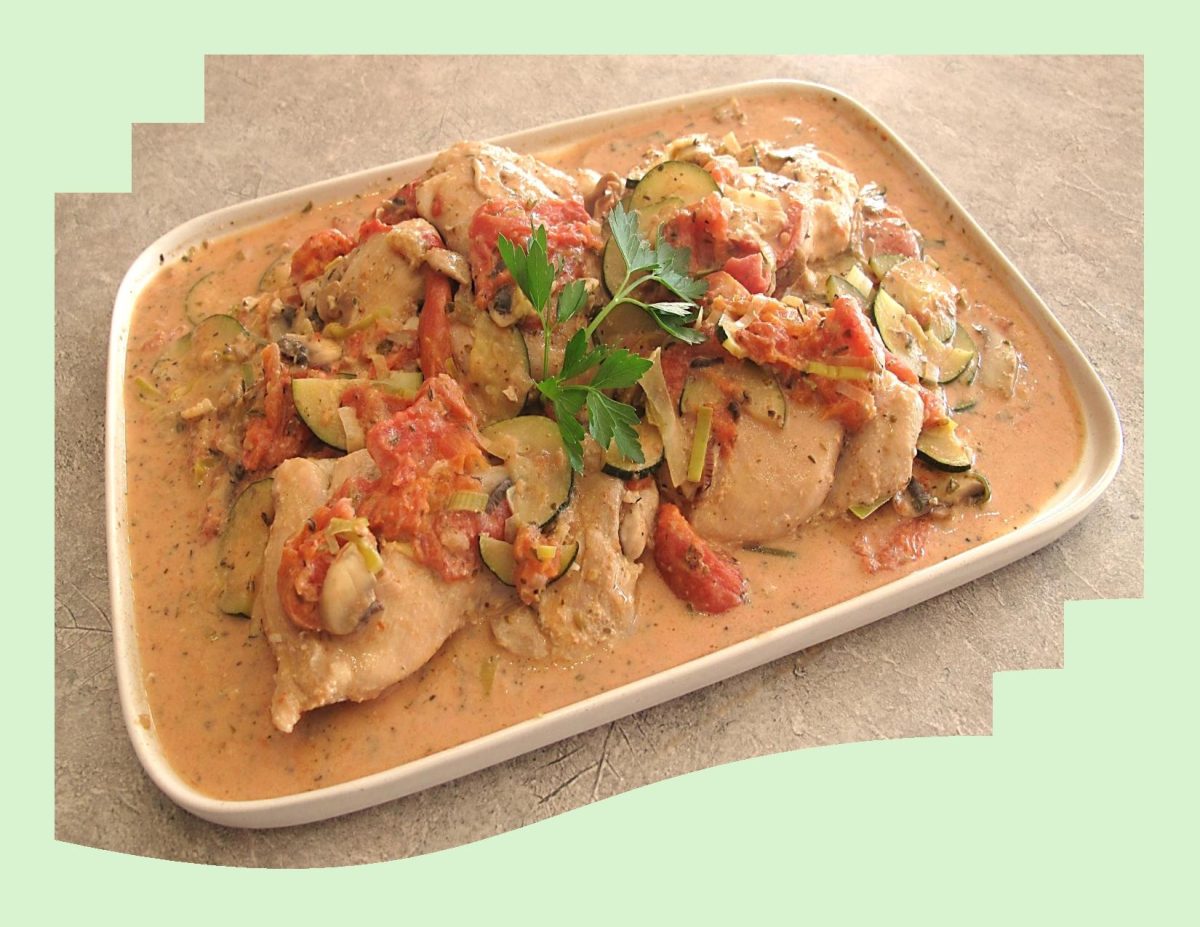
Italian cuisine is renowned for its delicious and aromatic flavors, and one of the most essential ingredients that contribute to this is a blend of herbs and spices that add a distinct flavor to various dishes.
While these herbs are readily available in Italy, they were not always easy to find in America. As a result, early Italian immigrants needed a way to add their preferred flavors to dishes. ‘Italian seasoning’ provided exactly that. Its origins are a bit mysterious, with some people believing it originated in Italy and others insisting it is an American invention. However, the most common understanding is that the Greeks and Romans developed Italian seasoning somewhere in the Mediterranean during ancient times.
Italian seasoning is a mix of dried herbs with an earthy, piney flavor that’s subtly sweet and peppery. This kitchen staple includes dried basil, dried oregano, dried rosemary, dried thyme and dried marjoram, but there are several variations that also feature additions like dried sage, fennel seeds or even spices like garlic powder or crushed red-pepper flakes. Traditionally, though, it is just those five core herbs.
It has become a staple in North American kitchens and can be used to flavor just about anything, but some of our favorite uses are in classic Italian American dishes like meatballs, pizza or chicken Parmesan. It adds extra interest to olive oil for dipping bread or vinaigrette for salads. Or stir it into marinades to infuse your meat with woodsy, herbal flavor.
These chicken cutlets cook quickly and are highlighted with a creamy sauce made with tomatoes, zucchini and Italian seasoning. Nice served with roasted mashed cauliflower, brown or Basmati rice or orzo pasta.
Print Recipe
Creamy Chicken Skillet w/ Italian Seasoning
Votes: 1
Rating: 5
You:
Rate this recipe!
|
|
Votes: 1
Rating: 5
You:
Rate this recipe!
|
Instructions
Chicken
In a small dish, combine all chicken seasonings & sprinkle on both sides of chicken cutlets. Heat 1 tablespoon oil in a large skillet over medium heat. Add the chicken & cook, turning once, until browned & cooked through. Transfer to a plate.
Sauce
Add the remaining 1 tablespoon oil, zucchini, mushrooms & onions to the pan. Cook, stirring, until starting to soften, about 2 minutes. Cook, scraping up any browned bits, until the liquid has mostly evaporated, about 2 minutes. Add tomatoes, cream cheese & Italian seasoning. Bring to a simmer and cook, stirring to melt the cream cheese, for 5 minutes. Return the chicken to the pan and turn to coat with the sauce. Serve topped with basil or Italian parsley if desired.
Nice to serve with roasted mashed cauliflower, brown rice, orzo or basmati rice.
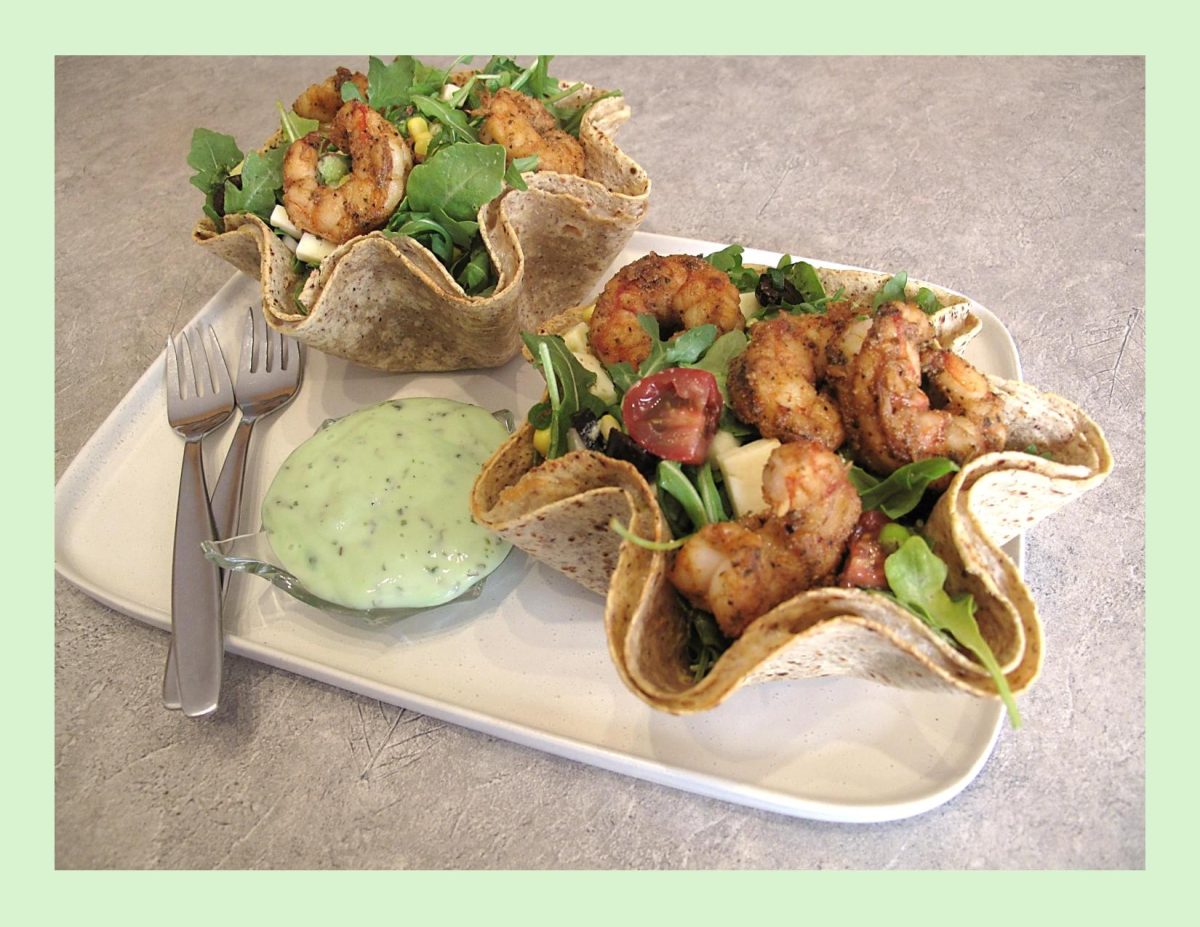
When you think of Mexican food you probably think of the standard burritos, nachos and quesadillas. While those dishes are definitely tasty why not do the summer ‘thing’ and incorporate these ingredients in a salad.
The idea of a full meal salad has always appealed to me. Of course, there are many of these using a variety of ingredients. Probably one of the most popular was the taco salad. The earliest record of it dates back to the 1960’s with its predecessor being the small teacup sized ‘Tacup’. It consisted of beef, beans, sour cream and cheese, served in a small ‘bowl’ made entirely of a Fritos tortilla.
The taco in a Tacup was invented by Charles Elmer Doolin, the founder of Fritos (tortilla chips). He created a device that looked like tongs but with two tart molds at the end of each tong. One mold would fit within the other mold with a tortilla sandwiched between them. The scalloped-edged shell was dipped into hot oil. Holes in the bottom mold exposed the tortilla to the hot oil, enabling it to cook evenly.
Tacups were first served in Dallas, Texas in the early 1950’s and by 1955, he was selling them in Fritos’ flagship restaurant, ‘Casa de Fritos’, at Disneyland in Anaheim, California. It became popular enough that the Tacup was made bigger and served as a full, main-dish sized salad bowl.
Today’s salad is a satisfying meal, a seriously feel-good dinner salad that’s crisp, spicy, and fresh all at once. Tacos de camarones (‘shrimp tacos’) originated in Baja California in Mexico. But these shrimp tacos in salad form gives you that full meal deal. All the very best elements —seasoned shrimp, healthy fresh veggies, in an edible tortilla bowl with a homemade cilantro lime dressing.
Print Recipe
Shrimp Taco Salad
Votes: 1
Rating: 5
You:
Rate this recipe!
Ingredients
Creamy Cilantro Lime Dressing
Ingredients
Creamy Cilantro Lime Dressing
|
Votes: 1
Rating: 5
You:
Rate this recipe!
|
Instructions
Cilantro Dressing
In a food processor, place the cilantro, garlic, avocado, lime juice, honey, coriander & salt. Pulse to combine. With the machine is running, pour in the olive oil & process until smooth.
Shrimp
In a medium bowl, add all marinade ingredients (except shrimp) & blend well. Add shrimp tossing well to coat. Set aside to marinate for 15 minutes. In a saucepan, melt a Tbsp butter then sauté shrimp over medium-high heat for 5 minutes or just until shrimp is cooked.
Salad Ingredients
In a saucepan, fry bacon until cooked but not too crisp, drain on paper towel & chop. Drain canned or cook fresh corn on the cob & remove kernels from cob. Peel, pit & cube avocado. Sprinkle a bit of lime juice on it to keep it from going brown. Halve grape tomatoes. Slice green onions, chives & dill. Drain sliced black olives. Cube cheese.
Tortilla Bowls
-
Brush inside of 2 heat resistant glass bowls with oil. Place one tortilla in each bowl so that the shape more or less adheres to the bowl. Line each tortilla with cheese slices then place a second tortilla on top.
Place the bowls with the layered tortillas in the oven & bake for 7 minutes. Remove the bowls from the oven & allow to cool before removing the 'edible tortilla bowls'.
Assembly
Place tortilla bowls on serving plates. In a large mixing bowl place shrimp & all salad ingredients. Toss gently, then divide between tortilla bowls. Drizzle with cilantro dressing (or dressing of choice) & serve.

Rissole is an interesting group of dishes with an intriguing history. The original French rissoles were prepared by enclosing the main ingredients in pastry dough and frying them, but over time the original recipe has evolved and changed.
Many nations have created their own version of the rissole. This food is commonly on offer in street stalls as a casual snack food, or in fast-food restaurants. Some fancy restaurants also serve rissole dishes, although they may use fancier ingredients and dress things up with complex sauces to make their rissoles more interesting. Today, rissoles can be found in numerous European countries, but also in Australia, New Zealand, and even Indonesia and Brazil.
Some cooks refrain from using any sort of coating for a rissole, preferring to make a blend of meat, potatoes, eggs, and breadcrumbs which can be molded into a firm patty. Ingredients such as onions may be added to rissoles as well, along with various spices, especially in nations with a culinary tradition of heavily spiced food. They can be made with ground or cut meat, seafood, or vegetables, and the sweet varieties are usually made with fruit. Most of them, including both sweet and savory rissoles, are usually served with a sauce on the side. Primarily, rissoles were deep-fried, but today the name also encompasses the varieties that are baked in an oven or fried in shallow oil.
Today, I’m making artichoke & garlic chicken rissoles. The sauce gives the rissoles a nice punch of flavor and pairs so well with creamy mashed potatoes & roasted green beans.
Print Recipe
Artichoke & Garlic Chicken Rissoles
Votes: 1
Rating: 5
You:
Rate this recipe!
|
|
Votes: 1
Rating: 5
You:
Rate this recipe!
|
Instructions
Sauce
Place all ingredients except oil in a food processor. With motor running, add olive oil in a slow stream to make an emulsion. Continue processing while adding the cream to make a fairly smooth consistency. Remove from food processor & set aside.
Chicken Rissoles
Place chicken, panko crumbs, salt, egg, garlic & soup mix in a bowl. Combine well. Divide into 6 portions. Form each portion into a patty shape.
Heat oil in a large saucepan, Cook rissoles for 2-3 minutes. Turn & cook for a further 1-2 minutes or until golden. Transfer to a plate a wipe out saucepan.
Return rissoles back in saucepan & add sauce. Simmer for 10 minutes until rissoles are cooked through. Nice to serve with creamy mashed potatoes & roasted green beans.

It’s hard to get bored of pizza, but sometimes you want to change things up a bit. In addition to trying new toppings and cheeses, consider using an alternative to tomato sauce on pizza.
Pizza night is a cherished tradition in many households, but sometimes, it’s good to break away from the routine and experiment with new flavors. One of the easiest ways to do this is by trying out different alternative pizza sauces.
The other day Brion & I were in a Winners/Homesense store. Of course, my favorite spot is always the area where they have all the cookware and specialty food items. I saw bottled sauce made with artichokes and garlic. Immediately my thoughts were as to how I could use it. It was quite pricey, so I opted to try and make a copycat version at home.
While tomato sauce has long been associated with traditional pizza, there is a whole new world of flavors waiting to be discovered by breaking from tradition. Tradition of course has its place—there’s a reason classic tomato-topped pizza has been a staple for generations. But there is more to pizza sauce than regular tomato. There are exciting flavors, interesting textures, sweet things, spicy things, cheesy things, even exotic things!
Here are some ideas for making pizza without tomato sauce:
- White pizza – Make a white sauce with olive oil, garlic, parsley, and a dash of salt and pepper. Spread it on the pizza dough instead of tomato sauce. Top with cheeses like mozzarella, ricotta, or feta, and veggies.
- Pesto pizza – Spread pesto sauce on the dough instead of tomato sauce. Top with veggies and cheeses.
- BBQ chicken pizza – Use BBQ sauce as the base instead of tomato sauce. Top with chicken, red onion, cheddar cheese, etc.
- Mediterranean pizza – Make a tahini sauce base. Top with artichoke hearts, kalamata olives, feta, red onion, etc.
- Breakfast pizza – Scramble eggs with veggies and meats. Spread it on the dough. Sprinkle with cheeses.
- Buffalo chicken pizza – Spread buffalo wing sauce on the dough. Top with chicken, blue cheese, mozzarella, celery, onion.
- Thai pizza – Make a spicy peanut sauce base. Top with chicken, carrot, onion, cilantro, mozzarella.
- Carbonara pizza – Spread an alfredo sauce base. Top with bacon, onion, Parmesan, egg, parsley.
The best thing about pizza is that there are endless ways to enjoy it. So here you have it … shrimp pizza with artichoke & garlic sauce. Yum!
Print Recipe
Shrimp Pizza w/ Artichoke & Garlic Sauce
Votes: 1
Rating: 5
You:
Rate this recipe!
|
|
Votes: 1
Rating: 5
You:
Rate this recipe!
|
Instructions
Sauce
Place all ingredients except oil in food processor. With motor running, Add olive oil in a slow stream to make an emulsion. Place in a dish & set aside.
Pizza Toppings
Fry bacon until done but not crisp. Drain on a paper towel then chop into bite-sized pieces. In the same skillet, sauté shrimp until just cooked & remove it from skillet.
Sauté sliced mushrooms & sliced onions until just cooked.
Slice cherry tomatoes in halves & prepare fresh herbs.
-
Assembly
-
Spread each naan bread with artichoke & garlic sauce.
Top pizzas with onions, mushrooms, shrimp & bacon. Sprinkle shredded cheese over all then dot with halved cherry tomatoes & herbs.
Bake 10-15 minutes or until cheese is bubbly & tomatoes are roasted. Serve.
Recipe Notes
- You will no doubt have extra artichoke & garlic sauce. Store it in an air-tight container for up to one week. Enjoy it on toasted bread or swirl into cooked pasta.




